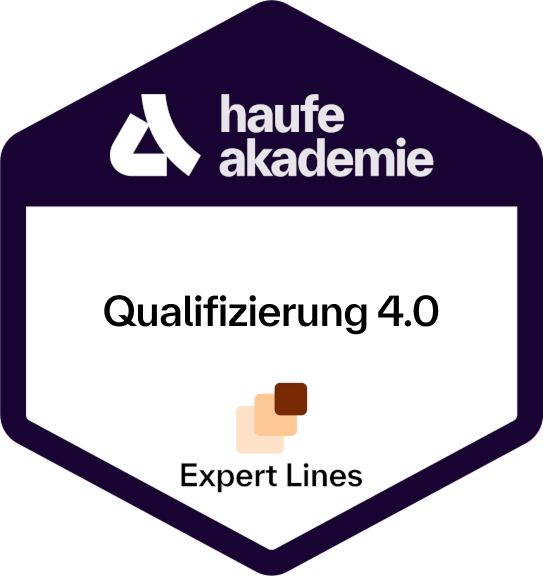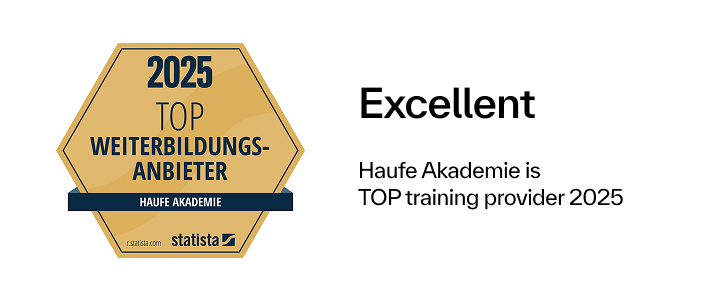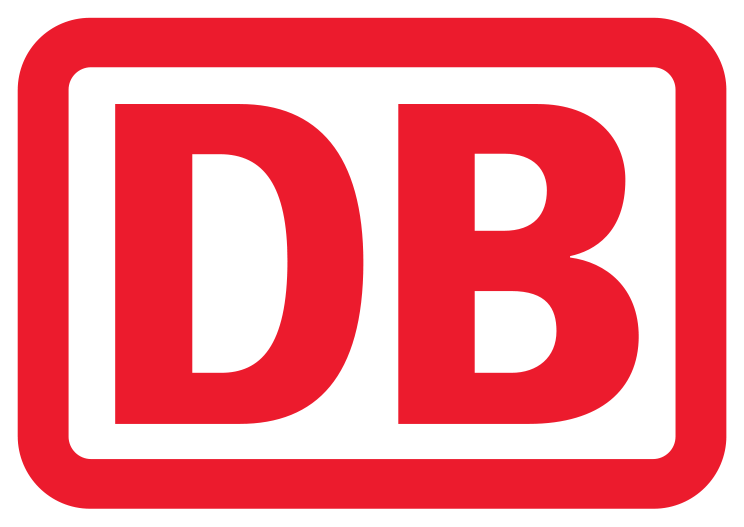Further training for certified learning designer
With a certificate from the Haufe Akademie

- Getting to know the trainers and the group of participants.
- Information on the preparation and course of the training.
- Learning objectives and expectations in relation to the self-study phases and examination performance.
- Networking - forming a learning community.
Why should you get to grips with learning technologies?
- What impact learning technologies have on learning success, learners and the knowledge management of an organization.
- How learning technologies can help to meet the growing demand for qualifications.
- What is needed for new learning technologies to realize their full potential.
- What costs arise from the introduction of learning technologies and what savings are possible as a result.
What learning technologies are available?
- The range of learning technologies and how they improve learning: Microlearning, game-based learning, AI tools and AI-powered learning, learning analytics, VR/AR/XR, blended learning, web-based training and more.
- Goals that can be achieved through the use of learning technologies and which success factors play a role.
- The fear of falling behind technologically - and how to counteract this.
Which learning technologies are suitable for my company?
- How a successful introduction of learning technologies can succeed.
- The challenges that can be overcome in continuing education through the use of learning technologies.
- Which typical mistakes should be avoided during selection and implementation.
- Clarification of the order.
- Participants, interfaces.
- Independent learning.
- Use of AI as a creative tool.
- Formulate learning objectives.
- Creation of persona profile.
- Mix of methods.
- Learning models and teaching concepts.
- Design of the interaction.
- Suitable formats and media for learning.
- Development of a targeted learner journey on your own project.
- Application of meaningful learning modules - synchronous and asynchronous.
- Integration of self-study phases and social learning in blended learning.
- Presentation of the concept.
- Intermediate feedback.
- Finishing touches.
- Presentation of the final concept.
- Final feedback.
Factors responsible for the effectiveness of training and education measures:
- The: participant, motivation.
- The training, design.
- The organization, learning support.
- Get to know the participants' levers.
Levers with which the effectiveness can be drastically increased:
- Get to know the levers of training design.
- Get to know the levers of the organization.
- Application of the levers to your own blended learning project.
Components of a blended learning concept
- Target group, learning objectives, learning content, forms of learning, comparison of concept vs. mission, objectives, stakeholder analysis.
Project management for the implementation of the blended learning concept
- Define team, roles and tasks, create project structure plan and work packages, project schedule, sequence, timetable, controlling, evaluation.
- Agile project management.
Cost calculation and make-or-buy decisions
- What costs what?
- Advantages and disadvantages: Internal vs. external allocation.
- Distribution of tasks in the organization: contractor vs. client.
Content production
- Process steps, development of rough concept and script, basic media didactic knowledge.
Test run
- Selecting pilot groups, supporting trainers and learners, controlling, lessons learned.
marketing and motivation in the implementation of the concept
- Top-down support, involvement of important stakeholders, motivation of learners, support of trainers, campaigns during the introduction.
Examination requirements
A project paper must be submitted to the Haufe Akademie two weeks before the examination date.
Exam form and content
In addition to technical knowledge, the extent to which the examination candidates are able to apply what they have learned in their own practice is tested.
1. preparation and submission of the examination documents up to 2 weeks before the examination module
Documentation of the implementation of a company-related blended learning concept/project in a written paper of 7-9 pages. If possible, impulses from the further training should be visibly incorporated.
Creation of approx. 5 PowerPoint slides for the presentation of the project work.
2. presentation and defense of the project work on the examination day
Presentation of the transfer work in plenary (20 minutes).
Defense of the project work (approx. 25 minutes).
Learning environment
In your online learning environment, you will find useful information, downloads and extra services for this training course once you have registered.
Your benefit
- Get to know the latest learning technologies and their possible applications.
- Understand what is important in blended learning projects and act as a competent contact person in consulting, conception and implementation.
- Assessment of benefits and costs as well as possibilities and limitations of digital learning media in order to increase the attractiveness of learning opportunities in the company.
Note: The greatest possible learning success is achieved if 1-2 hours of time is set aside between each module to work on your own specific project during the self-study phases.
As a free add-on, 3 issues of the new magazine "personalmagazin - neues lernen" are included as inspiration for personnel development in training . The magazine is sent out every 2 months and ends automatically.
Methods
Input from experts, online learning phases, exchange of experience, work on practical cases from participants, best practice examples, individual and group work.
Recommended for
HR developers, HR managers, HR managers, training managers, trainers, lecturers, trainers who would like to learn about the possibilities and limitations of blended learning and would like to advise on this method or introduce or optimize it.
Final examination
Examination requirements
A project paper must be submitted to the Haufe Akademie two weeks before the examination date.
Examination form and content
In addition to technical knowledge, the extent to which the examination candidates are able to apply what they have learned in their own practice is examined.
1. Preparation and submission of the examination documents up to 2 weeks before the examination module
Documentation of the implementation of a company-related blended learning concept/project in a written paper of 7-9 pages. If possible, impulses from the further training should be visibly incorporated.
Preparation of approx. 5 PowerPoint slides for the presentation of the project work.
2. Presentation and defense of the project work on the day of the examination
Presentation of the transfer work in plenary (20 minutes).
Defense of the project work (approx. 25 minutes).
- Customized training courses according to your needs
- Directly at your premises or online
- Cost advantage from 5 participants
- We contact you within 24 hours (Mon-Fri)
Start dates and details



 4.5
4.5








